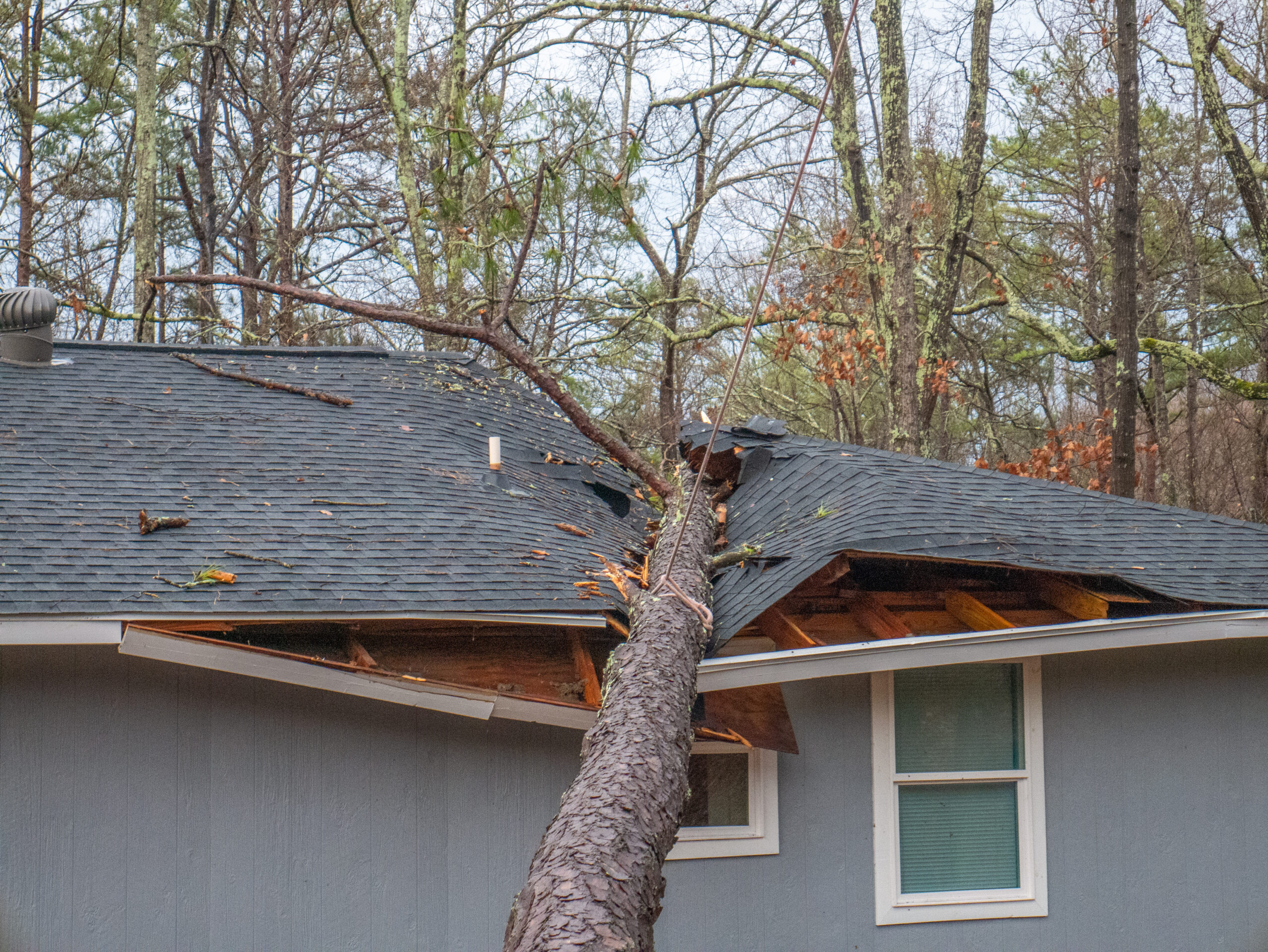How to Prepare for a Wind Storm (and What to Do After One Hits)
High-wind events are becoming more common across Idaho and eastern Washington, and homeowners are asking, how to prepare for a wind storm?
-
“What supplies should I have before a wind storm?”
-
“What’s the safest room in the house during high winds?”
Below is a practical, question-and-answer guide you can bookmark, share with neighbors, and use whenever the forecast calls for strong winds.
Before The Storm
How do I prepare my home for high winds?
-
Secure loose items outdoors – patio furniture, grills, umbrellas, toys.
-
Trim dead or overhanging branches that could break and damage siding or windows.
-
Reinforce garage doors with braces; they’re a common failure point.
-
Inspect shingles and flashing; replace anything loose or missing.
What emergency supplies do I need for a wind storm?
-
Battery-powered radio
-
Flashlights & extra batteries
-
Portable phone charger
-
Bottled water & shelf-stable food for 72 hours
-
First-aid kit
-
Copies of insurance documents
How can I protect my windows from flying debris?
-
Close shutters if you have them.
-
No shutters? Pre-cut ½-inch plywood panels for each window and store them in the garage for quick installation.
During The Storm
Where is the safest place to shelter from high winds?
-
An interior, windowless room on the lowest level—think hallway, bathroom, or closet.
Should I stay near windows to watch for falling trees?
No—flying debris and broken glass cause most wind-storm injuries. Stay clear until the wind subsides.
After The Storm
What’s the first thing I should check once it’s safe?
-
Electrical hazards – downed power lines, sparks, or the smell of burning insulation.
-
Structural damage – cracked walls, sagging ceilings, roof leaks.
-
Fallen trees or limbs – especially those resting on your roof.
Safety first: If you suspect structural or electrical hazards, evacuate and call professionals.
A tree fell on my roof—what do I do now?
-
Take photos or video from a safe distance for insurance.
-
Cover openings with a tarp if you can do so safely.
-
Call Disaster Response for emergency board-up and roof stabilization.
Does homeowners insurance cover wind damage?
Most standard policies do cover wind-related damage, but specifics vary. Document everything and contact your agent ASAP.
When should I call a professional restoration company?
-
Immediate hazards: downed trees on structures, shattered windows, roof penetrations.
-
Hidden damage: attic leaks, soaked insulation, or wind-driven rain that can lead to mold.
-
Large commercial losses: when manpower and specialty equipment are needed fast.
Regional Quick Tips
Boise & Fruitland: High desert winds often kick up gravel—check AC units and windows for chips.
McCall & Clarkston: Forested terrain means falling limbs; keep chainsaws and tarps handy.
Post Falls & Spokane: Flat, open areas funnel gusts—reinforce fences and inspect metal roofing.
Why Call Disaster Response?
-
24/7 Emergency Board-Up & Roof Tarping
-
Certified Wind & Storm Damage Restoration
-
Tree Removal & Structural Drying
-
Full Rebuild & Remodeling Services
-
We work directly with every major insurance carrier
Keep our number handy before the next storm strikes: (844) 315-3100
When wind turns to chaos, we turn chaos back into comfort.


